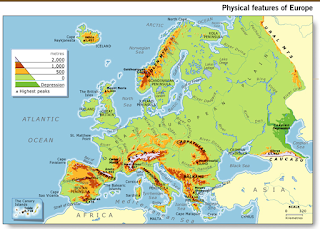CONTENIDOS:
- Las partes de la flor: localización y funciones principales.
- El proceso reproductivo de las plantas: creación de la semilla.
- Importancia de las plantas para la vida en la Tierra.
- Plantas con flor y plantas sin flor: diferencias y ejemplos.
CRITERIOS DE EVALUACIÓN:
- Las partes de la flor: localización y funciones principales.
- El proceso reproductivo de las plantas: creación de la semilla.
- Importancia de las plantas para la vida en la Tierra.
- Plantas con flor y plantas sin flor: diferencias y ejemplos.
VOCABULARY:
Flower: flor
Stamen: estambre
Pistil: pistilo
Petals: pétalos
Sepals: sépalos
Seed: semilla
Reproduction: reproducción
Flowering plants: plantas con flor
Non-flowering plants: plantas sin flor
Apple tree: manzano
Almond tree: almendro
Pine tree: pino
Moss: musgo
Plants are living things. As all living things, they reproduce: this means they make new plants.
Stamens are the male parts of the flower. They produce pollen.
The pistil is the female part. It's like a bottle.
Petals are coloured leaves.
Sepals are green leaves that protect the flower.
Plant reproduction has four stages:
- The pollen is formed.
- Pollen reaches the pistil.
- The pistil becomes a fruit that contains seeds.
- The seeds become new plants.
Not all plants have flowers. There are flowering plants and non-flowering plants.
Flowering plants include apple trees and almond trees. Non flowering plants include moss and pine trees.
Plants are very important.
Great job!
Now some games:
- Memory game: http://www.primarygames.com/holidays/mothersday/games/match_up/
- Parts of a flower: http://www.sciencekids.co.nz/gamesactivities/lifecycles.html













